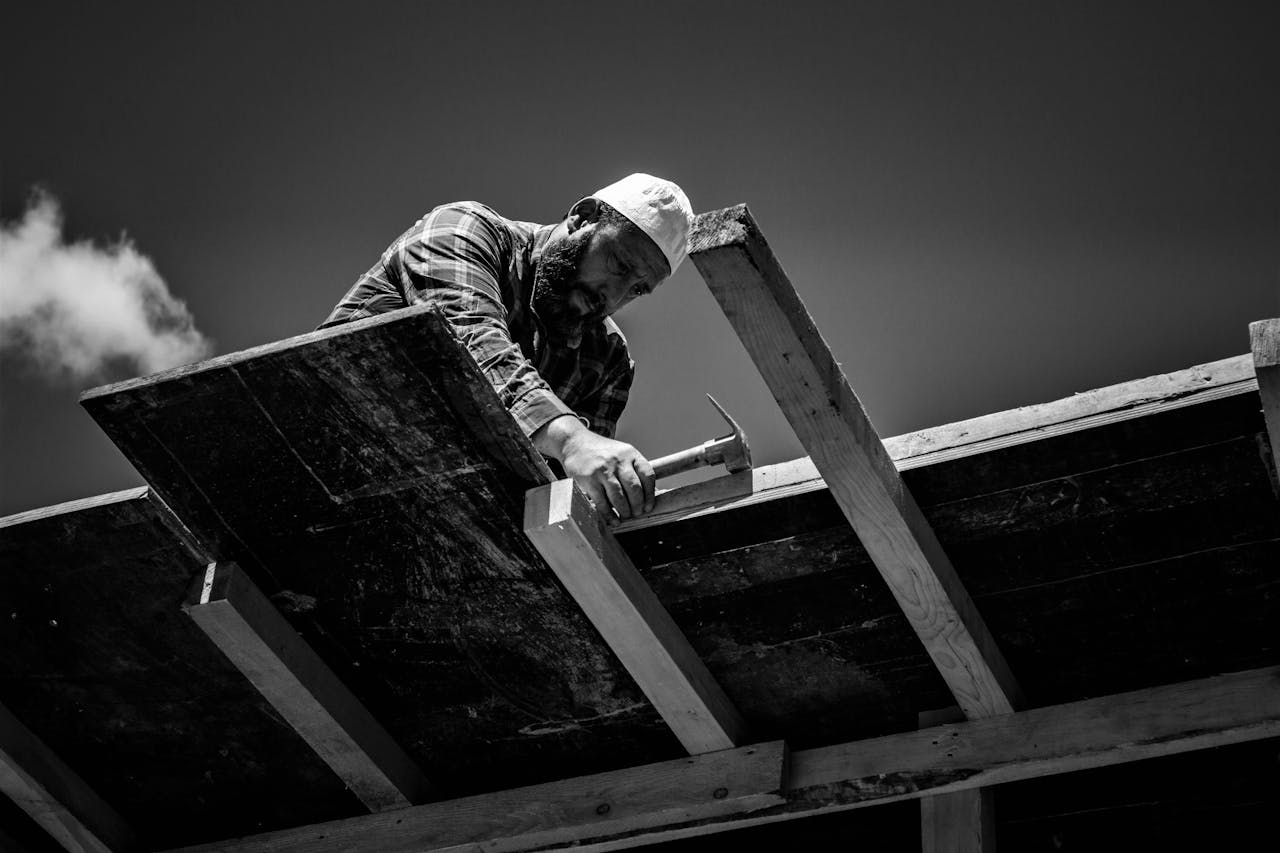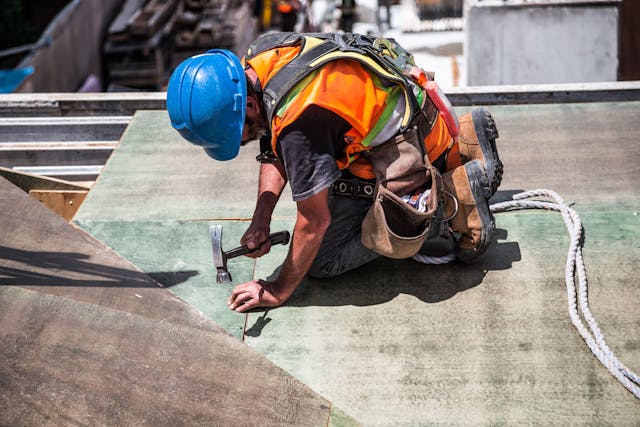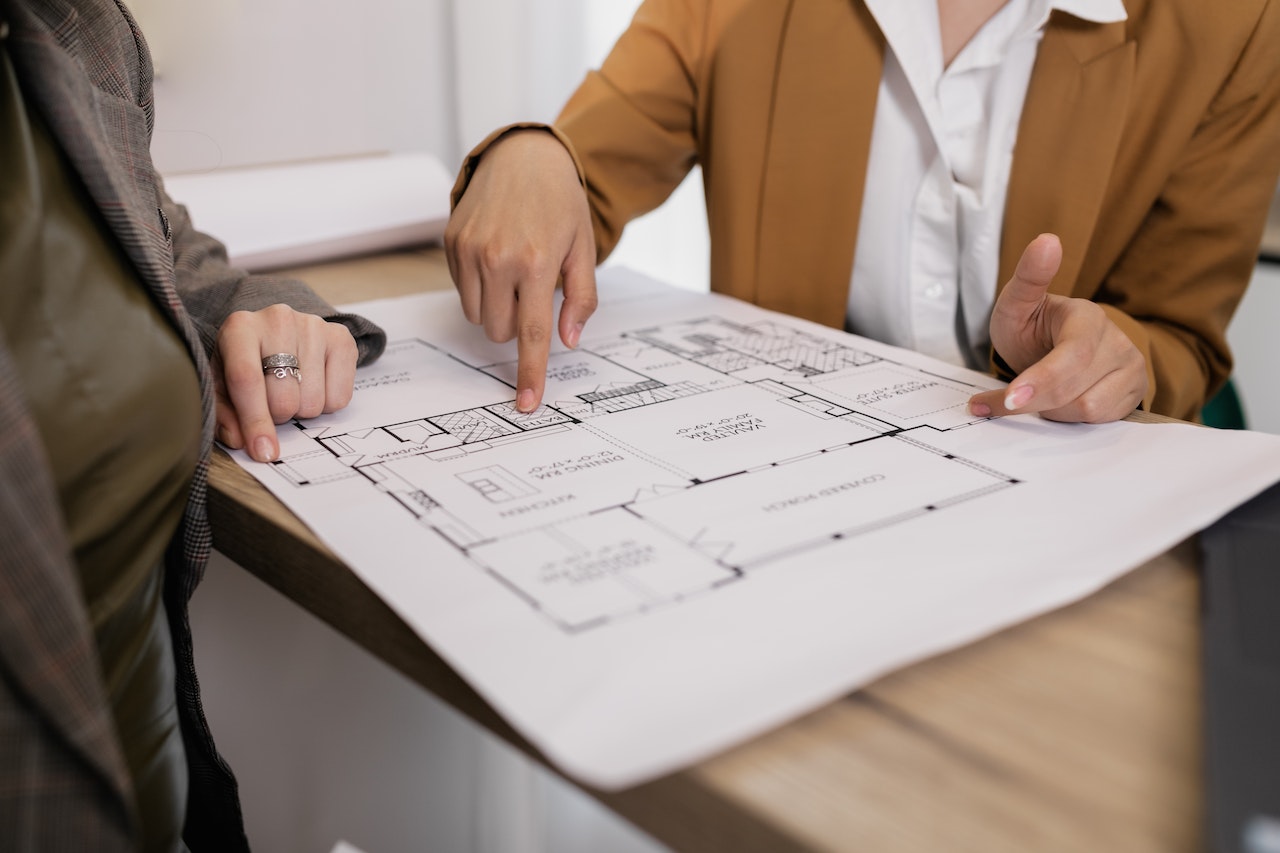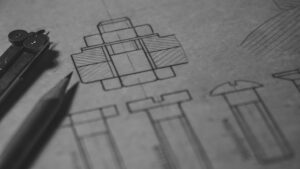Maximize Your Roof’s Lifespan: The Importance of Proper Roof Plumbing

When it comes to safeguarding your home, your roof is your first line of defense against the elements. Yet, many homeowners overlook a crucial aspect that can significantly extend their roof’s lifespan: proper roof plumbing. Like our bodies need water to function optimally, roofs rely on effective drainage systems to prevent damage and ensure longevity. In this blog post, we’ll dive into the vital role that roof plumbing plays in protecting one of your most essential investments. Whether you’re a seasoned homeowner or new to property maintenance, understanding how proper installation and regular upkeep can maximize your roof’s durability will empower you to take action—and save money in the long run.
What Is Roof Plumbing?
Roof plumbing refers to components that direct water off your roof and away from your home. It includes your gutters, downpipes, valleys, and flashings. Roof plumbing manages rainwater runoff to prevent water damage, leaks, and structural issues. When roof plumbing is installed correctly and maintained regularly, it can prevent water from accumulating where it shouldn’t, which can significantly extend the lifespan of your roof.
Prevents Water Damage
The primary role of roof plumbing is to channel rainwater away from your roof and home. Rainwater can accumulate on the roof and seep into the structure without adequately functioning gutters and downpipes, causing leaks and water damage. Over time, this can weaken the roofing material, leading to rot, mold, and even structural issues requiring costly repairs or replacement.
By ensuring your roof plumbing is in good condition, water flows freely off your roof, reducing the risk of long-term damage.

Protects Against Roof Erosion
Constant exposure to water can erode roofing materials, especially in areas with heavy rainfall. Without proper water drainage, pooled water can degrade shingles, tiles, and underlayment, eventually leading to leaks. Roof plumbing helps avoid this by guiding water off the roof efficiently. This helps preserve the roofing material’s integrity and reduces wear and tear. The PPS Sydney plumbing team can install a proper roof plumbing system to protect your home from erosion.
Keeps the Roof Clear of Debris
Gutters and downpipes aren’t just about water drainage; they also help keep your roof free from debris like leaves, twigs, and dirt. When gutters become clogged, it can create blockages that trap water, increasing the likelihood of leaks or roof damage. A properly functioning roof plumbing system prevents debris buildup, allowing water to flow smoothly off your roof. Regular cleaning and maintenance of gutters can keep your roof plumbing system working at its best.
Prevents Ice Dams (In Cold Climates)
Ice dams can be a significant problem for those living in colder climates. When water gets trapped in clogged gutters, downpipes, and refreezes, it can form ice dams that block water from draining off the roof. This can lead to significant damage as the trapped water can back up under shingles, causing leaks and water damage inside your home. Proper roof plumbing can help prevent this by ensuring water flows freely off the roof before it can freeze.
Enhances Roof Ventilation
Some aspects of roof plumbing, like flashings, help improve the overall ventilation of your roof space. Proper ventilation is key to maintaining the right temperature and moisture levels in your attic, which can prevent damage to the roof structure. Without adequate airflow, excess moisture can lead to mold growth and wood rot, which can significantly shorten the lifespan of your roof.
While roof plumbing might not be the first thing you consider when considering roof maintenance, it’s clear that it plays a massive role in keeping your roof in excellent condition for the long haul. From preventing water damage to ensuring proper ventilation, roof plumbing is vital to a healthy, durable roof. So, if you haven’t already, make sure you give your roof plumbing the attention it deserves—your roof will thank you.…


 Prioritizing and optimizing ergonomics should be at the top of your list when designing an office layout. After all, sitting in a chair for hours on end can take its toll on the body, leading to discomfort, pain, and even long-term health problems. To tackle this issue, it’s essential to provide ergonomic seating that supports good posture and reduces strain on the spine.
Prioritizing and optimizing ergonomics should be at the top of your list when designing an office layout. After all, sitting in a chair for hours on end can take its toll on the body, leading to discomfort, pain, and even long-term health problems. To tackle this issue, it’s essential to provide ergonomic seating that supports good posture and reduces strain on the spine.